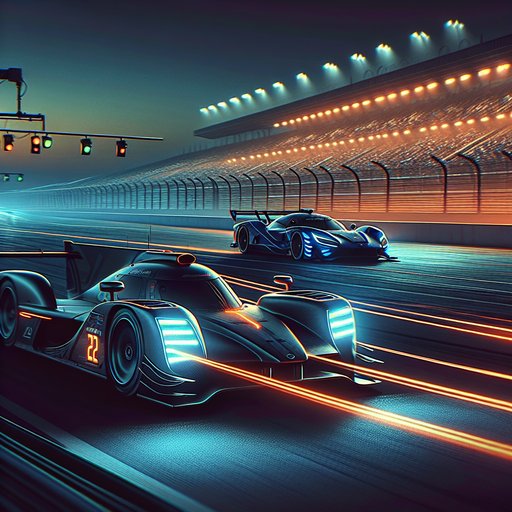
This season, the FIA and ACO have layered fresh safety regulation and technology into the World Endurance Championship and the 24 Hours of Le Mans, anchoring the booming Hypercar era with practical protections. Headline changes include the arrival of LMGT3 with contemporary FIA GT3 safety hardware, strengthened high‑voltage protocols for hybrids, and refined race‑neutralization procedures that balance incident response with sporting fairness. Together with ongoing tire management rules and upgraded trackside systems, the package aims to cut risk in mixed‑class traffic, improve marshal safety around electrified cars, and reduce the chance of secondary incidents during cautions.
The biggest visible shift in 2024 is LMGT3 replacing GTE, bringing the FIA GT3 safety toolkit to Le Mans and WEC full‑time. Cars now race with ABS and traction control as standard, reducing lock‑ups and spins—especially on cold tires and in the wet. Cabin protection is bolstered by energy‑absorbing door foam, reinforced side‑impact structures, and roof‑hatch extrication, while modern seat, head‑restraint, and net systems speed rescue. Wheel tethers and FIA‑spec fuel cells carry over, and real‑time tire‑pressure monitoring is mandated to police minimum pressures and help prevent de‑beads.
On the Hypercar side, hybrid‑safety measures have been tightened this year in scrutineering and operations. LMDh and LMH entries continue to use prominent high‑voltage status lights and external isolators so marshals can verify a car is safe to touch after a stoppage. Teams also follow stricter procedures for depowering and recovery, backed by extra training for intervention crews and clear cockpit labelling. These protocols were on show again during the 2024 Le Mans week when hybrid cars stopped trackside, with marshals waiting for green “safe” indication before handling.
Race control tools have been refined rather than reinvented. The championship retains Full Course Yellow at 80 km/h and, at Le Mans, the expanded use of Slow Zones to neutralize local incidents quickly. The class‑split and wave‑by safety‑car procedures, introduced in 2023, were applied again this June to restore class order while maintaining marshal protection on a 13.6‑km lap. Wider deployment of FIA LED light panels and in‑car flag repeaters improves driver compliance, reducing abrupt closing‑speed surprises in multi‑class traffic.
Tire management remains a safety pillar, with the no‑tire‑warmer rule still in force this season and Michelin refining compounds to aid first‑lap grip. Teams have adapted with more conservative out‑lap targets, pressure windows monitored by race control, and crew coaching for cold‑tire releases. Visibility aids continue to spread, with rear‑view camera mirrors and approved radar‑based proximity alerts increasingly used to cut GT‑Hypercar contact. Looking ahead, the ACO’s hydrogen program—demonstrated again at Le Mans this year—continues to validate crash‑tested composite tanks, leak detection, and venting protocols ahead of a planned competitive debut later in the decade.












